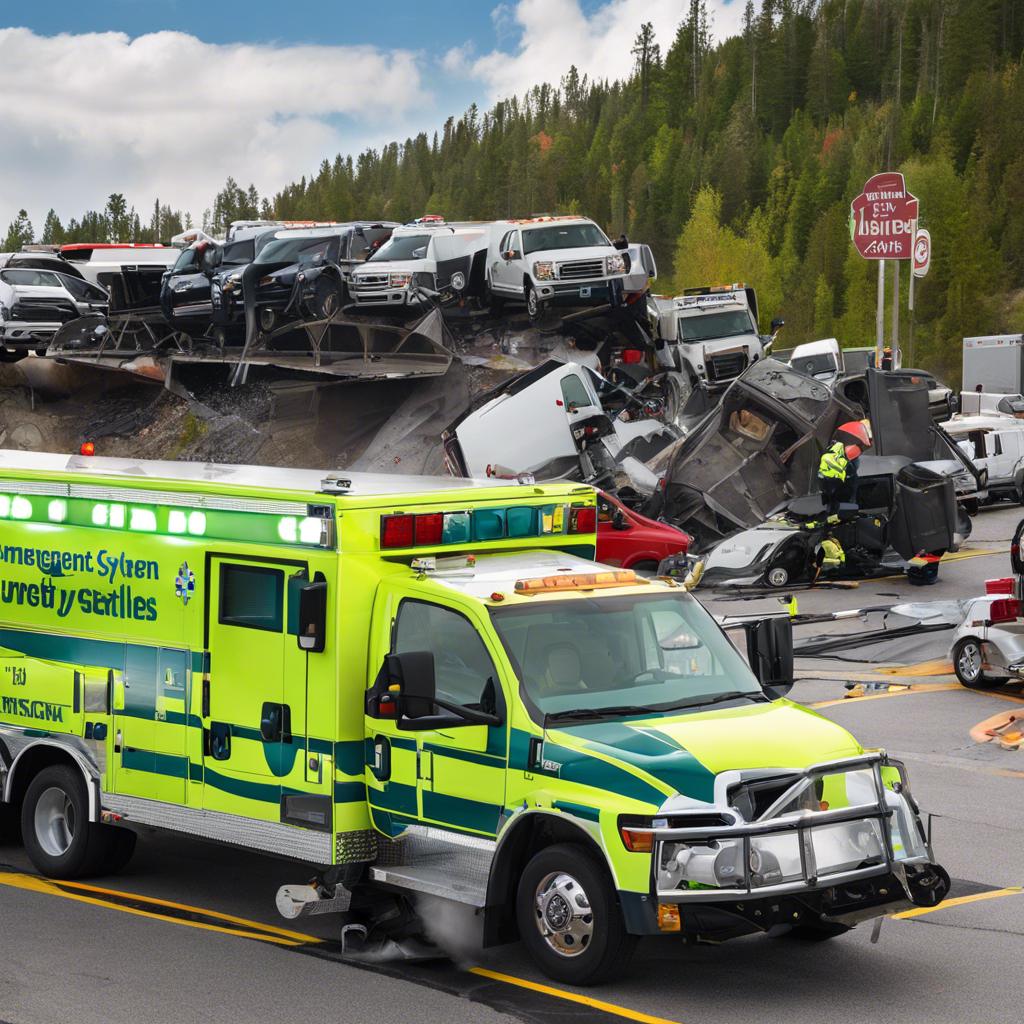The role of emergency response systems in reducing accident fatalities

Exploring the impact of emergency response systems on accident survival rates and strategies to improve emergency care.
In the fast-paced world we live in, accidents are an unfortunate reality, and their consequences can be devastating. From natural disasters to road accidents and medical emergencies, prompt and efficient emergency response is critical in reducing fatalities and minimizing the impact of these events. This article delves into the vital role of emergency response systems, the strategies employed to enhance their efficiency, and the potential for further improvement in saving lives and mitigating injuries.
The effectiveness of emergency response systems is a matter of life and death, and understanding their intricacies is essential for policymakers, healthcare professionals, and the general public alike. When an emergency occurs, every second counts, and a well-coordinated response can make all the difference. From the moment an emergency is reported, a complex chain of events is set in motion, involving numerous stakeholders and a sophisticated network of resources.
Understanding Emergency Response Systems
Emergency response systems are intricate networks designed to address various emergencies promptly and effectively. These systems encompass a wide range of components, including emergency call centers, dispatch systems, emergency medical services, fire departments, police forces, and specialized response teams. Each element plays a crucial role in the overall success of emergency response, and their coordination is vital for efficient operations.
A Comprehensive Approach to Emergency Management
Emergency response systems operate under the principles of a comprehensive approach to emergency management. This approach integrates various aspects of emergency preparedness, response, and recovery. By coordinating the efforts of multiple agencies and organizations, emergency management aims to minimize the impact of disasters and ensure the safety and well-being of the affected population.
Key Components of Emergency Response Systems
Several key components form the backbone of emergency response systems, each serving a unique purpose:
- Emergency Call Centers: The first point of contact, where citizens report emergencies, and initial information is gathered.
- Dispatch Systems: Efficiently allocate resources and deploy emergency responders based on the nature and location of the incident.
- Emergency Medical Services (EMS): Provide pre-hospital care and transport to medical facilities, playing a vital role in saving lives and stabilizing patients.
- Fire Departments: Specialize in fire suppression, rescue operations, and hazardous materials response, often working closely with EMS.
- Police Forces: Ensure law enforcement, crowd control, and investigation during emergencies, maintaining public order and safety.
Technology in Emergency Response
Technology plays an increasingly crucial role in enhancing the efficiency of emergency response systems. Advanced communication systems, GPS tracking, and real-time data analytics contribute to faster response times and better resource allocation. For example, mobile applications like Waze and Google Maps have been instrumental in connecting drivers to emergency services, enabling faster response times and more efficient navigation to accident scenes. These technologies not only improve the emergency response process but also empower citizens to play an active role in ensuring their safety and well-being.
Strategies to Improve Emergency Response
Enhanced Training and Education
Continuous training and education are essential for emergency responders to stay up-to-date with the latest techniques and technologies. Specialized training programs can help responders improve their skills in various scenarios, from medical emergencies to disaster response. For instance, the National Highway Traffic Safety Administration (NHTSA) offers training programs like Emergency Medical Technician (EMT) courses and Emergency Vehicle Operations Courses (EVOC) to ensure that responders are well-prepared for various challenges on the road.
Public Awareness and Education
Educating the public about emergency response is crucial for fostering a culture of safety and preparedness. Teaching citizens how to respond to emergencies, such as providing first aid or evacuating a building, can significantly contribute to reducing fatalities. Additionally, public awareness campaigns can promote the adoption of safety measures, such as wearing seatbelts and using child safety seats, which have proven to be effective in reducing accident-related injuries and deaths. These initiatives empower individuals to take an active role in their safety and that of their communities.
Relevant External Links
- Ready.gov: Emergency Response
- FEMA: Emergency Management Resources
- NHTSA: Emergency Medical Services (EMS)
Emergency Response FAQs
How can citizens actively participate in emergency response efforts?
Citizens can participate by staying informed, being prepared with emergency kits, learning basic first aid, and following official instructions during emergencies. They can also volunteer with local emergency response organizations and support community-based preparedness initiatives.
What are the challenges faced by emergency response systems in rural areas?
Rural areas often face unique challenges, including longer response times due to distance, limited access to specialized medical facilities, and a smaller pool of trained responders. These challenges require innovative solutions, such as telemedicine and community-based response teams.
How can technology further enhance emergency response systems in the future?
The future of emergency response systems lies in technologies like artificial intelligence, augmented reality, and drone technology. These innovations can improve data analysis, enable remote medical consultations, and provide real-time situational awareness, enhancing overall response efficiency.
Emergency response systems play a pivotal role in saving lives and minimizing the impact of various emergencies. By understanding the intricate components of these systems and implementing strategies for improvement, we can strive towards a safer and more resilient society. Continuous training, public awareness, and the integration of advanced technologies are essential to enhance the effectiveness of emergency response, ensuring that every second counts in the race to save lives and recover from disasters.
